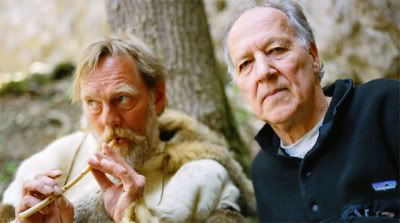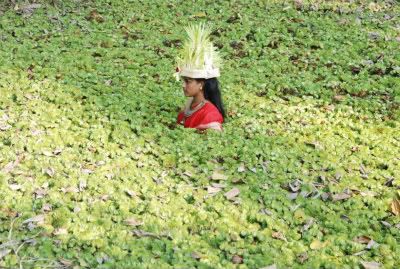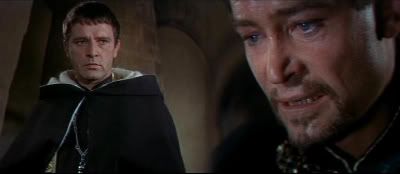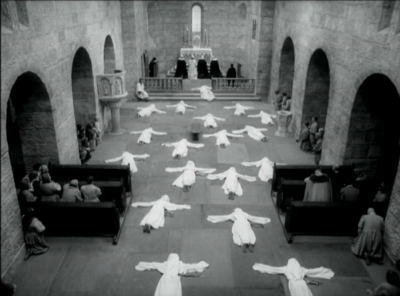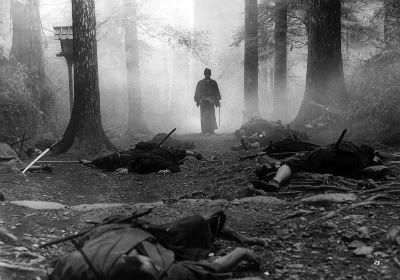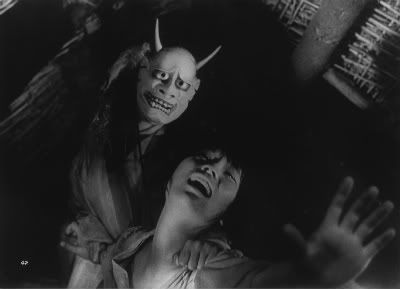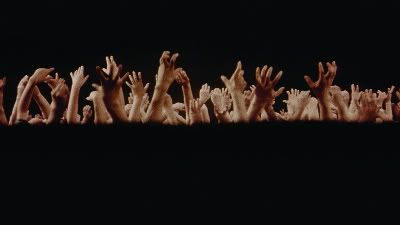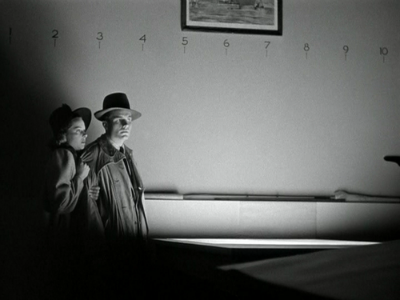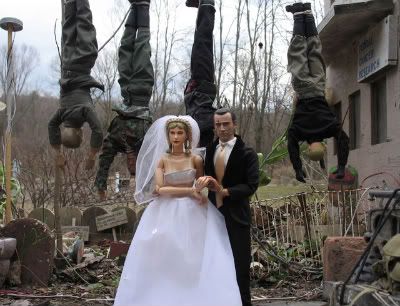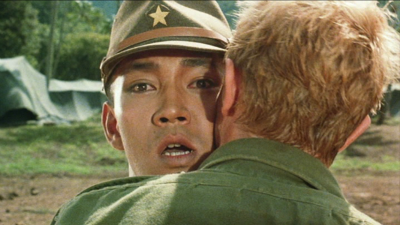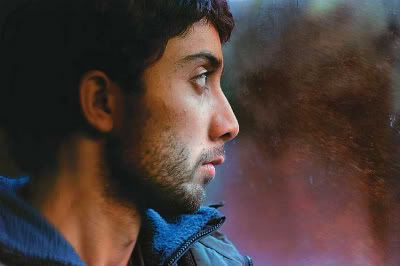
Kashmir, a hotbed of India-Pakistan territory dispute is the subject of Harud (Autumn). A young man, Rafiq (Shahnawaz Bhat), is seen trying to cross the border over to Pakistan only to be captured and returned to his home, to his parents. The village is under watchful eyes of heavily armed occupying Indian Soldiers. Rafiq's brother is one of the thousands of young men who have gone missing since the military insurgence. His mother is still hopeful that her older son will turn up some day and attends rallies by APDP (Association of Parents of Disappeared Persons). His father, a traffic cop, having seen a lot of violence, is deteriorating fast due to post-traumatic stress disorder. Rafiq sleepwalks through the day with his friends who are dreaming about escaping from Kashmir. The jobs are scarce for young people and the news of cell phones arriving in town is quite possibly the most exciting thing they ever heard in quite some time.
Harud, directed by a Kashmir born actor turned director Aamir Bashir, is a quiet, understated drama that acutely presents what living under siege is like. Absence of soundtrack and sparse dialog adds to the gloomy, suffocating tone of the film. It's Shahnawaz Bhat's expressionless face that speaks volumes. There is no life left in that blank stare. We see a glimpse of emotion stirring up in Rafiq when he finds his brother's still camera. He has to bear witness to what's happening in Kashmir through the lens. Bashir meticulously builds up to the film's climax which coincides with Eid (a three-day festival marking the end of Ramadan) where a lamb needs to be sacrificed.
Subtlety is both the film's strengths and weaknesses: Harud never lets up its depressive mood and Bashir keeps it from falling into sappy stereotypical situations. With its unavoidable but artfully done ending, the film is a bit underwhelming. Given the heady subject matter, a little harder, grittier filmmaking would've been more suitable to make a bigger impact.
Harud plays on November 1st (7:30PM) at SVA Theater as a part of 2010 SAIFF.
Review at twitch
